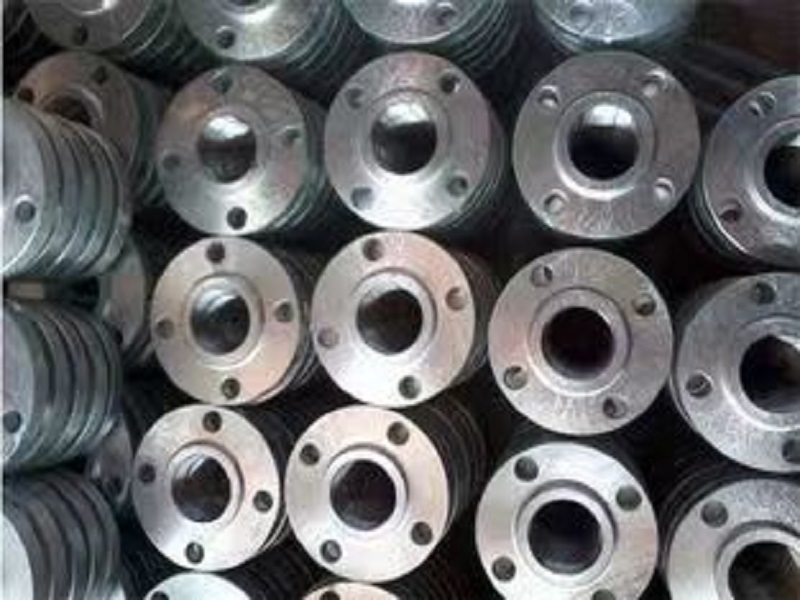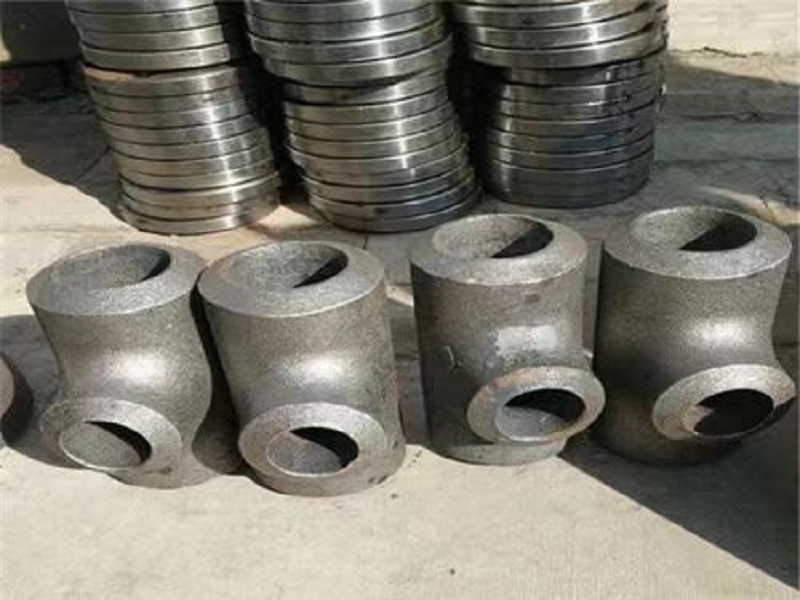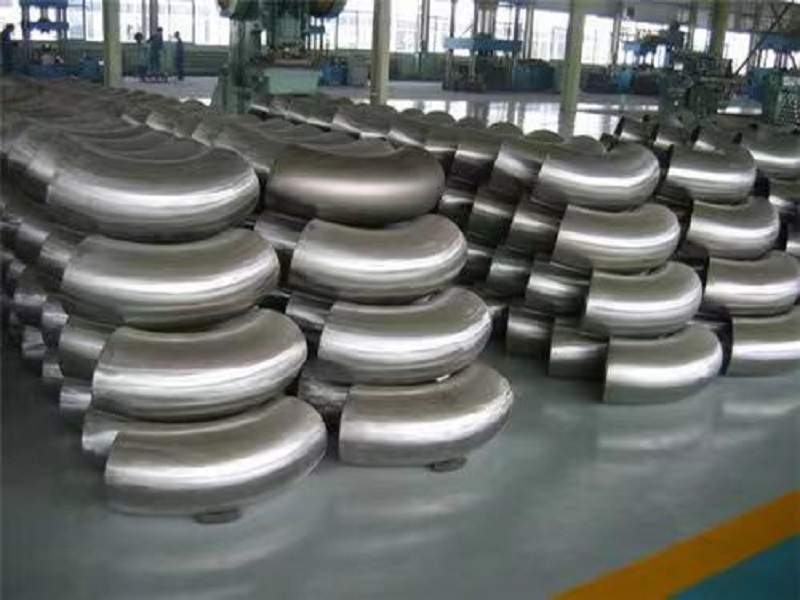

A variety of materials can be used in investment casting, among which cast steel or carbon steel are two common alloy materials. Carbon content is where the two differ most. When the carbon content exceeds 2.1%, it is carbon steel investment casting and vice versa.
Characteristics of cast steel or carbon steel castings:
Both have the same chemical composition. They are both ferrous metals made from iron atoms. Pure iron is known to be soft, so we add a certain amount of carbon to it to strengthen it. One of the most frequently used metals worldwide is steel.
Carbon steel is preferred for many mechanical devices and large parts because of its carrying capacity and ductility. Cast steel may not be as ductile or load-carrying as cast carbon steel, but it is more resistant to corrosion. Carbon steel casting equipment and parts often require little maintenance and better durability.

Difference between cast steel or carbon steel castings:Carbon steel has higher corrosion resistance than other metals. However, this does not exclude them from corroding. We also have to protect the product after production, such as painting or adding a protective layer. If the products we produce will be used in more corrosive environments later, we can choose cast carbon steel. Or we can add chromium to prevent oxidation.
Raw steel is usually more expensive to buy, so cast steel is cheaper than carbon steel. But there are many things to consider. If we manufacture short term products that do not require a lifetime warranty or later maintenance, carbon steel is the best choice. But if the product needs to be guaranteed for 10 or 20 years, or even longer, then we need to consider other costs such as later maintenance and labor costs. At this time, it may be more cost-effective to choose cast steel.

Carbon steel has relatively good ductility and is suitable for making desirable products. Cast steel is slightly less ductile and fluid and shrinks more during cooling.
Cast steel is less rigid and therefore more flexible. The best carbon steel castings are more challenging than other materials, which is also related to the carbon content.
Damping properties should be considered when choosing casting materials, as a lack of damping capacity can lead to excessive vibration and noise, such as ringing or screaming. Depending on the location of the material used, effective damping can lead to sturdier and more reliable performance.
The graphite structure in cast iron, especially the flake structure in gray cast iron, is especially beneficial to absorb vibration. This makes cast iron ideal for applications such as engine blocks and cylinder casings.
Compressive strength is called the ability of a material to withstand forces that reduce the size of an object. This is the opposite of the force that pulls the material apart. Compressive strength is useful in mechanical applications where pressure and tightness are important considerations. Cast iron usually has a higher compressive strength than steel.
Cast steel generally has better wear resistance because of its higher carbon content. The surface will be more lubricated and less prone to wear.

Carbon steel investment casting is also known for its corrosion resistance, especially when used as a protective measure during routine maintenance. In addition, it has the ability to resist deterioration, thus making the casting durable and extending the shelf life. From mild and standard steels to high carbon steels, the carbon content of cast or carbon steels often determines the hardness of the material.
The real benefit of cast steel is its design freedom, which allows the creation of parts with complex geometry and hollow cross sections.
Cast steel offers flexibility and maximum variability in metallurgical manufacturing. This provides different heat treatment options with a wider range of mechanical properties and properties. We can also choose different chemical compositions and controls to suit the various requirements of other projects.

For Further Details,Please Feel Free To Contact Us: